Beach Combing in Uraga
An hour south of Tokyo is the seaside city of Yokosuka. Perhaps best known for the huge United States Naval Base that sits to one side of the town, Yokosuka is also the largest regional center on the Miura peninsula and is surrounded by lovely beaches. Of these, Zushi beach is the most famous and another, Cape Tomyozaki, is the least well known.
Indeed Cape Tomyozaki is spoken of among locals as the “secret beach.” It lays just ten minutes south of Yokosuka outside the small town of Uraga. Consisting of two charming little coves that are separated by the cape’s headland, the secret beach is full of surprises.
The first surprise, a reconstruction of the Tomyodo Lighthouse, stands at the end of the sandy path. This is a traditional Japanese lighthouse, built in wood and with what appear to be rice-paper-covered windows. It also stands only two stories high, dwarfed by the surrounding pine trees. Yet its powerful light has warned sailors for centuries about the rocks and broken shore line that leads into the nearby bay.
To the left of the lighthouse is a straggly beach with rocky outcrops and grassy knolls which are perfect for a picnic. On the right a lovely cove stretches out with more rocks and clean, light colored sand.The waves are gentle and the ground is strewn with very pretty shells. The secret beach’s second surprise is that amongst those shells are hundreds of shards of blue and white pottery and gem-like pieces of sea glass.
Battered by the waves and ocean currents, the pottery is smooth and tactile. It is also highly sought after by jewelry makers, crafters and beachcombers. The origins of the pottery is unknown. The question as to why it is here at this beach is equally unknown. The locals say that it is from an old shipwreck, which, whilst being the most romantic solution to the puzzle, is probably untrue. The pottery appears to be quite modern, and the occasional finds of ceramic electrical switches and other more industrial small items suggests the less romantic idea of the dumping of broken bits into the ocean.
Yet there is no doubt that the pieces have been in the ocean for some time. They are softly worn and the colors are muted. The majority are extremely small, but the thrill of finding a bigger piece with a discernible pattern on it is very rewarding. The larger cove appears to have the most pieces scattered about. The deep furrows in the rocks conceal bits of pottery and glass in and among the crevices. Check also under the seaweed at the tide line near the top of the beach. Whilst smelly, this where the bulk of the pieces are to be found.
Several rock pools also hold bits of driftwood and other flotsam from the ocean. The tides restock the beach every day, and a mere half an hour was all that was needed to fill a shopping bag full of blue and white pieces.
Cape Tomyozaki offers the day tripper the chance to fish from the rocks, swim, play on the sand, or just catch a few rays. Casual beachcombers will be very content with the treasure trove of Japanese pottery that they can add to their collections.
The little town of Uraga can be reached on the Keikyu Line. The cape is a few kilometers out of town, probably a bit too far to walk. However there are ample taxis at Uraga station that will happily take visitors to the beach. Driving is also a good option. Take the Yokohama/Yokosuka road and exit number 10, turning right into Uraga. Follow the main road through the town. As you leave the town watch for the signs on the left for Cape Tomyozaki. A narrow winding road leads to a car park which charges ¥1,000 per day. There are no hourly rates available.

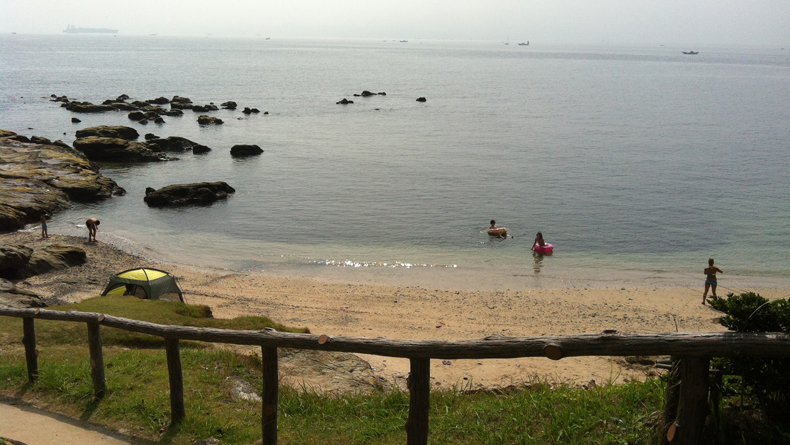
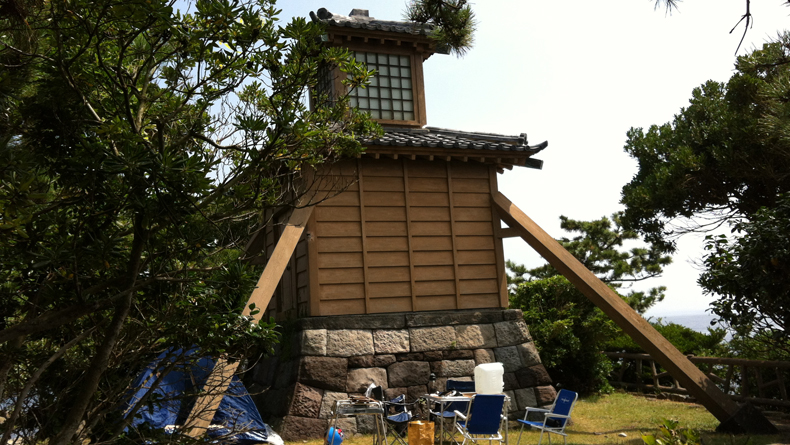
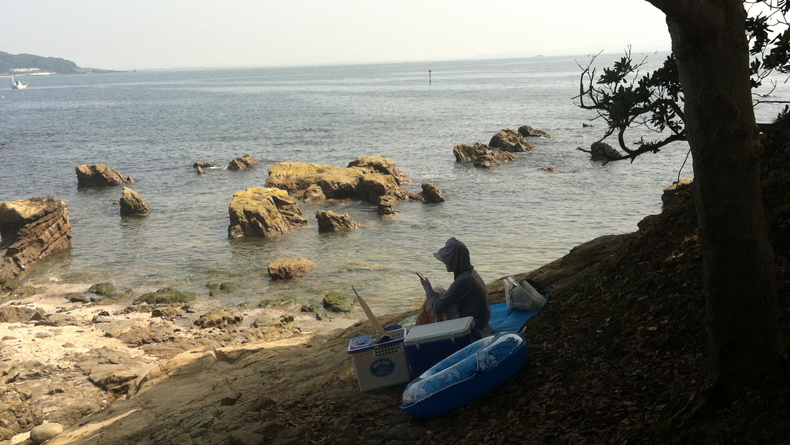
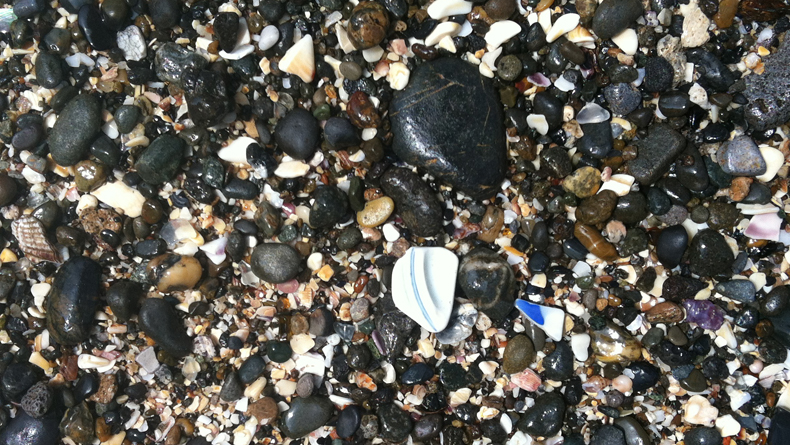
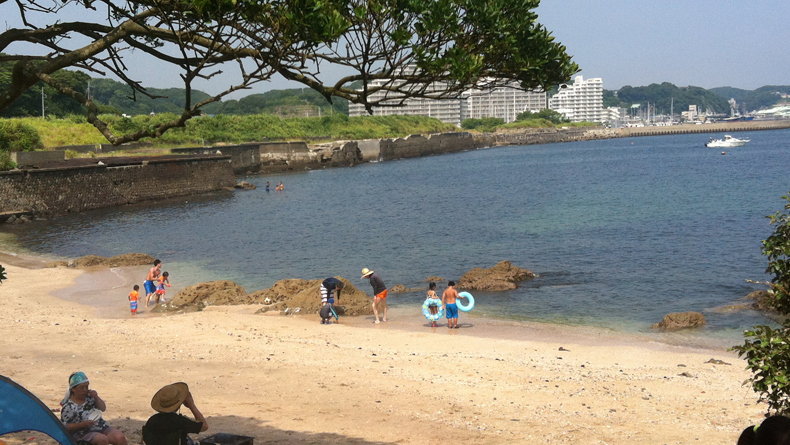











Leave a Reply